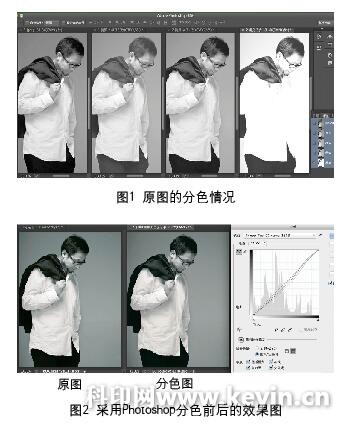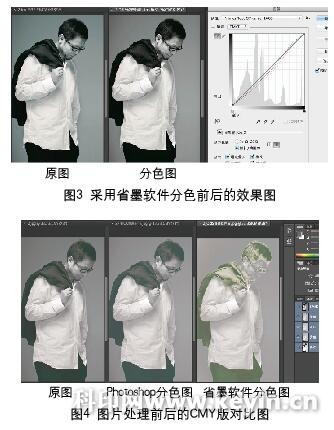Thinking caused by a printing color cast failure
along with The printing industry has gradually entered the era of low profit, and printing companies have begun to focus on open source and reduce expenditures and strictly control production costs. The ink-saving software is favored by many printing companies with its small size. Similar software on the market today includes CGS ORIS InkSaver, GMG InkOptimizer, Alwan InkOptimizer, etc. With these software, approximately 15% of ink can be saved.
According to the production practice, the ink-saving software can help save ink. Because the amount of ink used is small, the ink is dried quickly during printing. Therefore, the production tolerance and adaptability of thin paper and double-adhesive paper are also high in actual production, which is not easy to cause. Through-printing, the printing speed can be increased. Also, because the ink is dried quickly, the printing company can process the subsequent processes such as lamination without waiting too long, thereby improving the overall production efficiency. It is worth mentioning that because the neutral gray is replaced by black, the amount of CMY ink is greatly reduced, which makes the picture layer richer and the gray balance performance more stable. In general, color fluctuations caused by mechanical, artificial or various printing conditions are significantly reduced.
This article will introduce a printing color cast fault as an introduction to introduce the important role of ink-saving software in helping printing companies achieve color stability.
Fault performance
The customer provided a picture in gray tones. The color separation is CMYK mode. On the professional display, you can see that the overall gray balance of the picture is accurate, the highlight is complete, the dark tone is rich, and the level is clear. However, when in the normal printing state, when printing on the standard solid density, it is found that the color of the picture is deviated, the color is obviously reddish, and the dark tone level is not ideal.
The G7 calibration curve of this printing was made according to the G7 color correction method, and it was found that the curve was normal and within an acceptable range.
The above curve is input into the RIP system, re-published after RIP, and printed again on the same field density. In theory, an ideal gray balance should be obtained, but the effect of the machine after printing is very surprising. The printing color was not reddish, but the overall blue color, the background gray and the image of the person clearly deviated from the calibration effect of the expected printing gray balance. what is the reason?
Troubleshoot
The author first thought, would it be that the density of the field was not properly adjusted? After actual measurement, the density of the C color in this printing was 0.05 lower than that of the first printing. In order to make the picture look normal, the captain made the density compensation, but still This problem cannot be solved.
Then, the author thinks whether it will be uneven printing density. After measurement, the unevenness of the printing density of the entire layout is controlled within 0.05, which is very good for actual production.
Or is the compensation curve calculated incorrectly? Or the printing condition has changed significantly within an hour, so that the gray balance is not up to standard? To verify this problem, we measured the P2P test chart on the current verification sheet and found that the gray balance was found. It is up to standard.
So where is the problem?
We collected the color data of the second printed IT8 chart and generated the ICC profile. When performing color simulation in Photoshop, we found that the image was not as blue as the actual print. Although the gray performance was not ideal, it was basically accurate, which indicated that the second printed IT8 chart had no problem.
At this point, I found the problem: on the same sheet, the effect of the IT8 chart and the image is inconsistent. So what is the reason for this phenomenon? Let's take a look at the color separation of the original image (Figure 1). You may understand. The four images in Figure 1 are sequentially CMYK monochrome color separation maps. It is not difficult to find that CMY has a large proportion, while K is very small, especially in the gray background, there is almost no K, only CMY.



Obviously, printing this picture is traditional Offset printing machine is a big test for long press is also a challenge. Due to the mechanical error of the printing machine, the wear and tear of the parts, the maintenance condition, and the conditions of environmental temperature and humidity, paper condition, ink stability, etc., it is difficult to achieve perfect state. Color fluctuations are inevitable, and the color difference between the mouth and the tip is often present. . In the nearly 50 G7 certifications that I have done in the past few years, it is rare to print the gray maps of the cornices and the tip parts (that is, the landscape pictures above and below the P2P proofs). There are only a handful of them, which is still in the G7 certification process, which is ideal for printing presses, paper and ink. It is conceivable that in daily production, this is a difficult matter.
solution
So, how to solve this problem? In my opinion, we can start from the following aspects.
PU Key Chain,Plastic Key Chain,Acrylic Key Chain,Metal Key Chain,Polyresin Key Chain,Personalized Keychains.
Jilin Y.F. Import & Export Co.,Ltd , https://www.jlyoufoundit.com